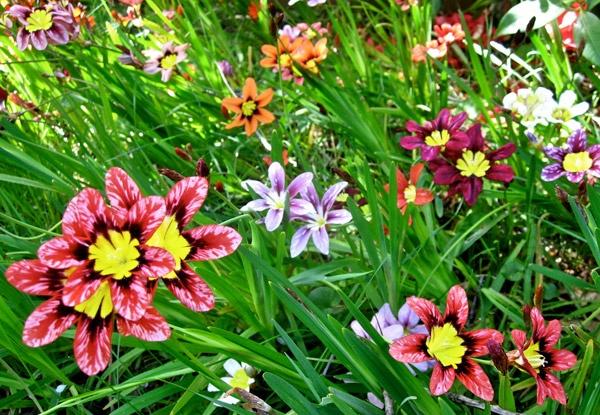If your garden is already painted with all the colors of the rainbow in early June, then you have sparaxis – an elegant tropical plant native to South Africa. Its delicate flowers with a diameter of up to 6 cm (2.4 inch) are bordered by narrow leaves and resemble a solid ornament in Arabic script. But, like all tropical plants, sparaxis is quite fastidious. Loves warm sunny places and absolutely does not tolerate even the slightest frost.
Sparaxis is a bulbous-tubular perennial plant in the family iridaceae. Its decorative star-shaped or funnel-shaped flowers bloom in late May and are ennobled by the end of June. This is something like the Tropicana rainbow flower that grows on the banks of tropical rivers and lakes, and it can also grow to an incredible size. Typically, the plant can be from 15 to 60 cm (5.9-23.6 inches) tall, which does not reduce its decorative value.
Sparaxis is usually planted in a group of 80-100 specimens, organizing a rainbow glade in the garden. In combination with other plants, it is put in the foreground, because it is very beautiful, miniature and does not block out the taller plants. Ideal for planting in rock gardens, pots and hanging containers.
Planting sparaxis
Storage of the sparaxis corm is the same as for other tubers of bulbous perennials. Closer to spring, they add heat, raising the temperature to 25-27 °C (77-80.6 °F). In early May, they are planted in the open ground, dig holes of 5-6 cm (1.9-2.4 inch) and place them quite close to each other: 4x4cm (1.6×1.6 inch) for low-growing plants or 10×10 cm (3.9×3.9 inch) for taller ones. If you plant sparaxis corms after winter storage in April or May, it will bloom only in early August.
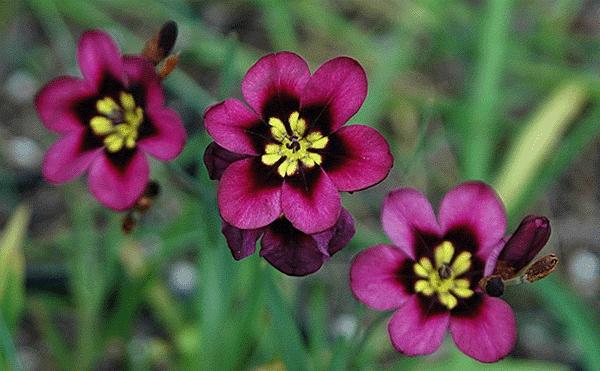
In warm regions, manipulations with the digging and storage of mono tubers are not performed. It is enough to cover the cut plant with a layer of fallen leaves or peat 5-7 cm (2-2.7 inch) thick for the winter. In early spring, clear the ground from the mulching layer, sprinkle the soil with humus a little, a layer of 1-2 cm (0.4-0.8 inch) and slightly moisten the ground. This is quite enough for the successful germination of the rainbow Tropicana.
The residence of sparaxis should be open, but windless. They like loamy and well-drained, nutritious soil. Some gardeners plant corms of autumn sparaxis, strongly sinking the holes (10-12 cm/4-4.7 inch) and mulch the soil with peat or humus.
But if you want to see winter flowering in the apartment, plant sparaxis corms in small (2-3 liters) pots of 3-4 nodules in each. Pour it over and put it on the windowsill, so that there are no drafts. 3-4 months after planting, you can enjoy amazing tropical flowers. It can be propagated by sparaxis and separation of corms from the parent tuber of an adult plant. But in this case, it will only bloom for 2 or 3 years after planting.
Sparaxis is also propagated by seeds. But it is not recommended to sow them in the open ground. It is better to germinate seeds in a closed warm and humid environment in wide boxes with a height of 7-10 cm (2.7-3.9 inch). In such conditions, the seeds germinate abundantly. Therefore, after the first shoots appear, they should be thinned with a frequency of 2×2 cm (0.8×0.8 inch), wait until they gain strength and grow to 5-8 cm (2-3.1 inch), after which you can plant seedlings in the open ground.
Care sparaxis
In summer, especially on dry days, sparaxis needs regular and abundant watering. Once a month, feed the plant with a solution of mineral fertilizers at the rate of 15-20 g per 10 liters of water. On hot days, it does not hurt to spray, but always with warm water, early in the morning or late in the evening, to avoid “burning” the plants. Withered stems and damaged leaves should be removed as needed. That, in general, is the whole concern.
Sparaxis Types and Varieties
Sparaxis consists of six species and dozens of varieties. The most common and favorite gardeners types of sparaxis are as follows:
Sparaxis Tricolor
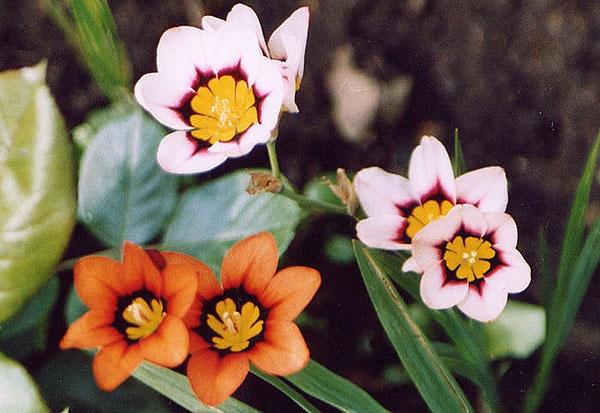
Sparaxis tricolor, up to 50 cm (1.6 foot) – the most common species. You will have elegant flat flowers of various shades with a bright, contrasting middle. The stem of the flower is of equal length with xiphoid leaves gracefully framing the peduncle. It has many ornamental varieties and is sold in a mixture.
Sparaxis Fragransgrandiflora
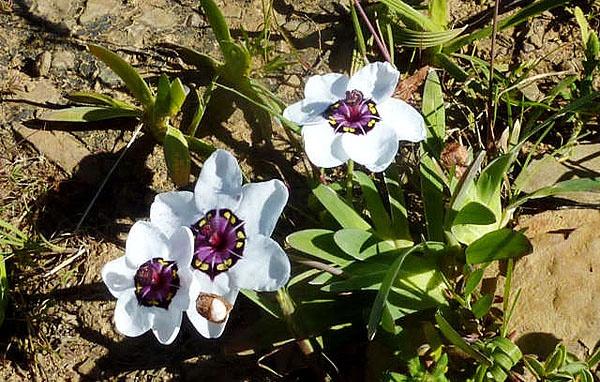
Sparaxis fragrans grandiflora is the strongest of all other plant species. The belt-shaped ones have juicy leaves, beautifully framing long stems with large flowers: white, purple, yellow or white-yellow. The variety “Striped”, for example, has orange flowers with a bright yellow center. Variety “Elegant” – purple-yellow flowers with a dark, almost black center. Sparaxis fragrans grandiflora is sometimes called scented for its amazing aroma.
Sparaxis Bulbifera
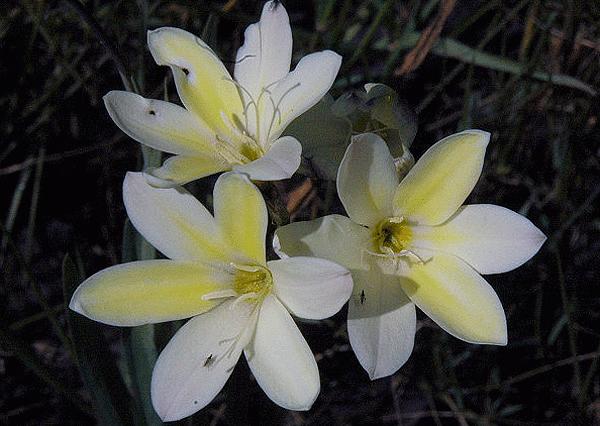
Sparaxis bulbifera is represented by numerous varieties that have strong erect stems, quite often strongly branched. This plant species is the only one that prefers calcareous and sandy soils and has white flowers in most varieties, rarely yellow or yellow-white.
However, it requires a lot of attention – just like any other tropical plant. But this care pays off many times when sparaxis enters the flowering season. The bright splashes of outlandish colors sometimes take your breath away, it’s so beautiful…
